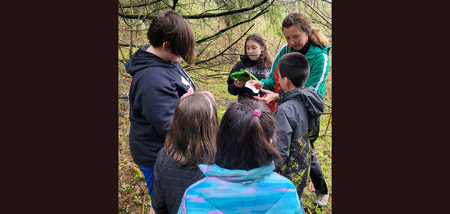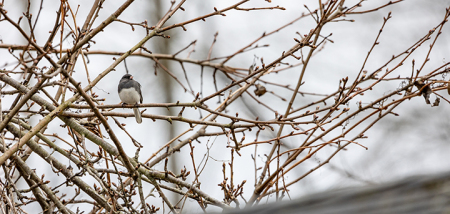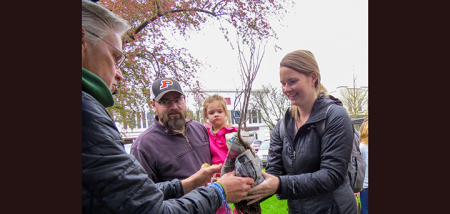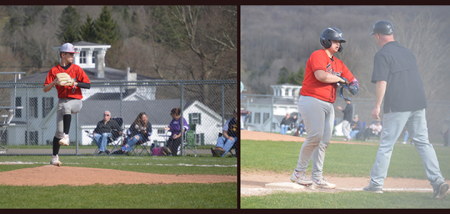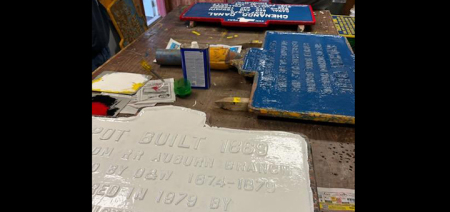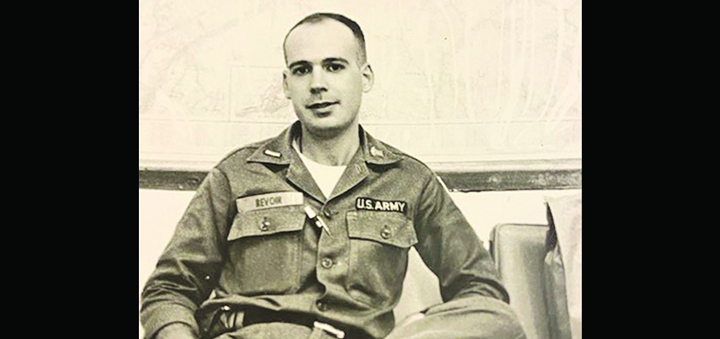Making A Stink In The Woods
Published:
November 6th, 2019
By:
Eric Davis
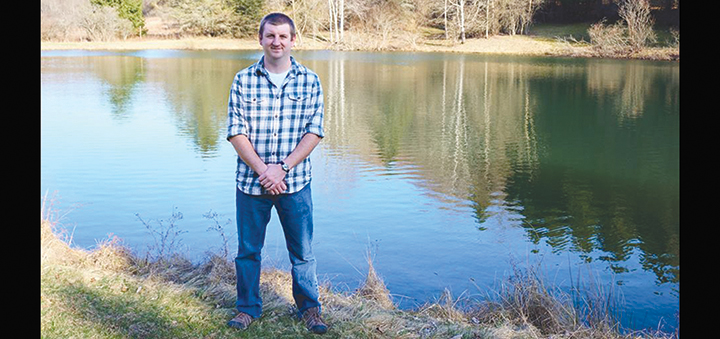 Submitted Photo
Submitted Photo
As I have written about previously, deer hunters go to extreme lengths to try to avoid having a deer detect their scent. From special laundry soap and keeping their camouflage clothes in air-tight containers to odor eliminating hair and body wash, the process of getting ready to deer hunt can seem like a ritual. However, there is a short window in the fall where hunters can use the deer’s sense of smell to their advantage.
Once the rut begins, bucks spend their time focused on finding does that are ready to breed and trying to breed them. This consumes everything they do for a couple of weeks because they know there is a limited amount of time before all the does will be bred. To find those does, bucks cruise around the areas where they know does go and use the wind to try to get the scent of pheromones that mean a doe is ready to breed. Due to this reliance on their nose to detect does in heat, bucks can be fooled into thinking a doe is nearby by using scents.
Any sporting goods store you walk into now will have a wide selection of deer scents to choose from. Most of the options are bottled urine that is collected from captive deer on farms. Recently, multiple brands have started to offer synthetic options in response to natural urine bans in some states. The urine generally is offered in two forms, regular and estrous. Regular urine would be that collected from does that are not in heat. Some hunters like to use regular urine as a cover scent to help mask any human scent they might have on them. Estrous urine is collected from does that are in heat and contains the pheromones that bucks are trying to detect. Estrous urine is what most hunters use in hopes of luring in a buck.
A common method to deploy the estrous urine is to do a scent drag. As the name implies, the hunter drags a wick or piece of cotton soaked in urine behind them as they walk to their stand. Then if a buck crosses the path the hunter took, they get the scent and follow it right to the hunter. While the application of this is simple there are a couple things to plan. First, as you get close to your stand, think about where you want the deer to be for the best shot. This is where the scent drag will end and you put the wick up on a limb. Once you know where you want the deer to end, think about how you want it to approach that spot. I try to make a loop around some brush or behind a conifer so that the buck will walk someplace where I will be able to draw my bow without being seen. With a scent drag, you are literally picking the path you want the deer to take. Hunters can also try using buck urine in a scent drag to imitate a buck intruding into the area to look for does.
In addition to the scent drag, hunters can hang scent wicks that have been soaked in scent in the area around their stand. Try to locate these all where you can shoot in case a deer follows the scent all the way to the source. Putting doe urine on some wicks and buck urine in others can increase the drawing power by suggesting a buck has already found the doe that is ready to breed.
The last thing to think about is what to do when you are done hunting with the wicks. I want the deer to come to the scent while I am there so I take my wicks down at the end of every hunt I use them. If I plan on using the same scent again on another hunt, I will bring a few sandwich bags. This lets me double bag a used wick to prevent accidental leaks in my pack or pockets.
When using scents to try to attract deer, sometimes the deer react like they read the script while other times they act just the opposite. I have seen both reactions. The first deer I ever shot with a bow was a doe that followed my doe-in-heat scent drag to my stand. Then a few days later, I had a doe come to my scent trail and turn around and walk away. It goes to show that no matter what you do, you never know how the deer will react.
Author: Eric Davis - More From This Author
Comments
